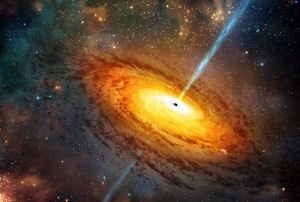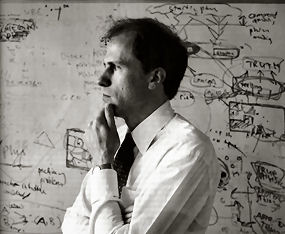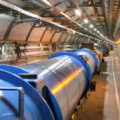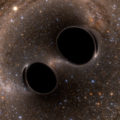
Being able to generate more energy from a fusion reaction than the energy required to control the reaction (known as “ignition”) is a key step needed before nuclear fusion power becomes a reality. This milestone of achieving fuel gains greater than 1 has now been reached for the first time ever, according to a new research paper.
Reporting their work in the journal Nature, scientists at Lawrence Livermore National Laboratory detail a series of experiments where the energy generated through fusion reactions exceeds the amount of energy used to control the process.
“What’s really exciting is that we are seeing a steadily increasing contribution to the yield coming from the boot-strapping process we call alpha-particle self-heating as we push the implosion a little harder each time,” said the study’s lead author Omar Hurricane.
Boot-strapping happens when alpha particles deposit their energy in the deuterium-tritium (DT) fuel, rather than escaping. The alpha particles further heat the fuel, increasing the rate of fusion reactions, thus producing more alpha particles. This feedback process is the mechanism that leads to ignition. As reported in Nature, the boot-strapping process has been demonstrated in a series of experiments in which the fusion yield has been systematically increased by more than a factor of 10 over previous approaches.
The experiments were carefully designed to avoid breakup of the plastic shell that surrounds and confines the DT fuel as it is compressed. The scientists hypothesized that the breakup was the source of degraded fusion yields observed in previous experiments. By modifying the laser pulse used to compress the fuel, the instability that caused the break-up was suppressed. The higher yields that were obtained affirmed the hypothesis, and demonstrated the start of boot-strapping.
Hurricane says the experimental results have matched computer simulations much better than previous experiments, providing an important benchmark for the models used to predict the behavior of matter under conditions similar to those generated during a nuclear explosion.
“There is more work to do and physics problems that need to be addressed before we get to the end,” said Hurricane, “but our team is working to address all the challenges, and that’s what a scientific team thrives on.”
Related:
Discuss this article in our forum
Use of CR-39 Detectors Heats up “Cold Fusion”
Sonofusion: So, No Fusion Then?
Cold fusion a hot topic – again
Controlled nuclear fusion, costed








Comments are closed.